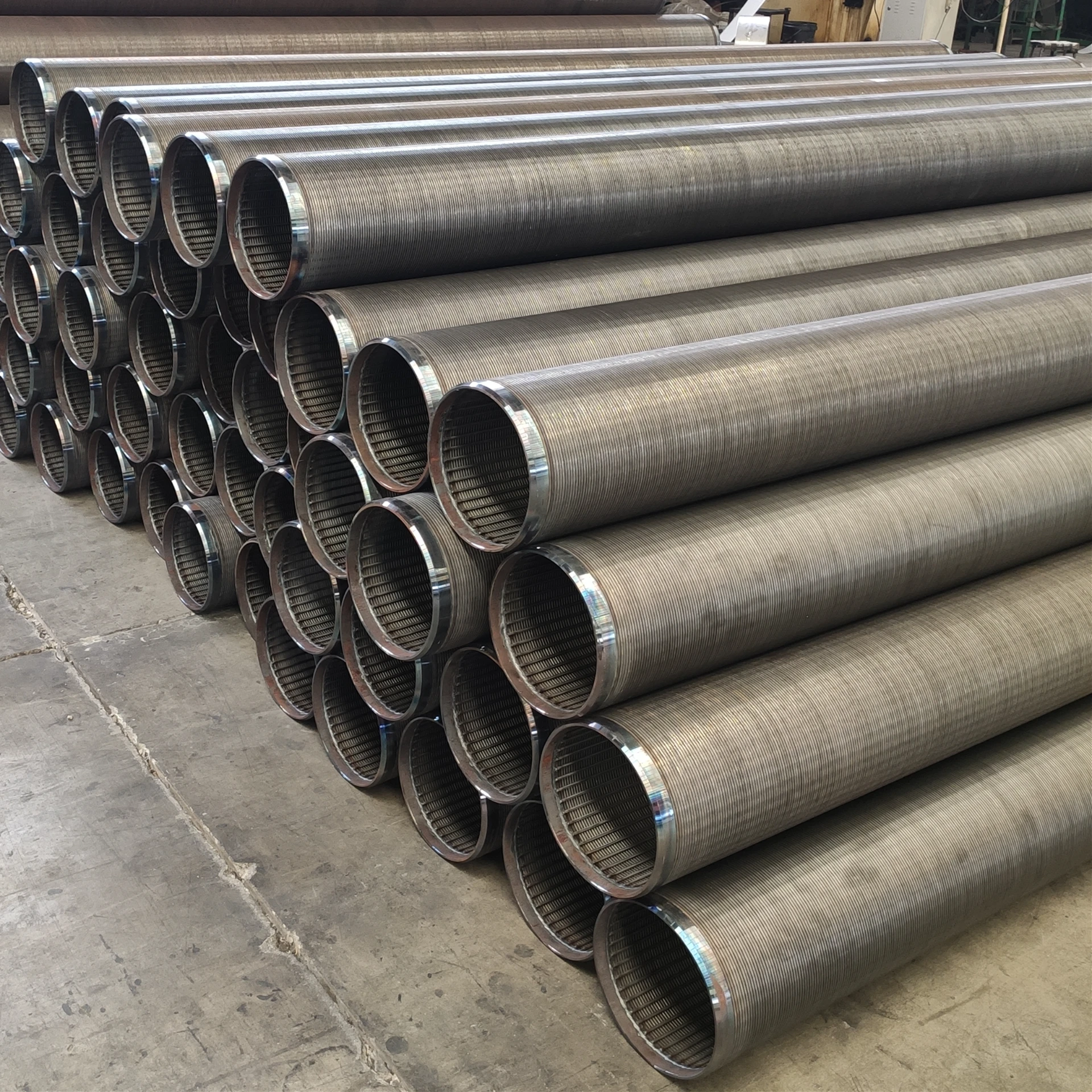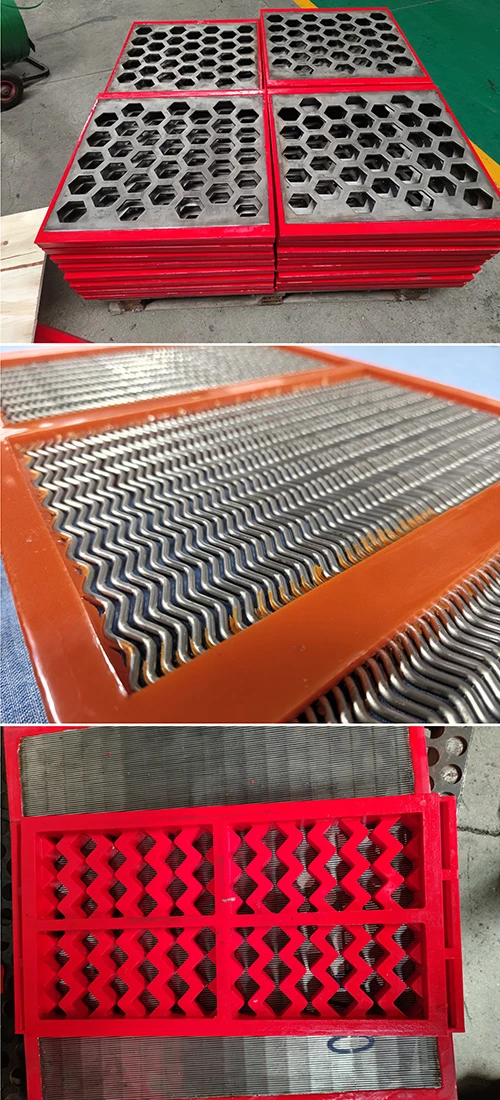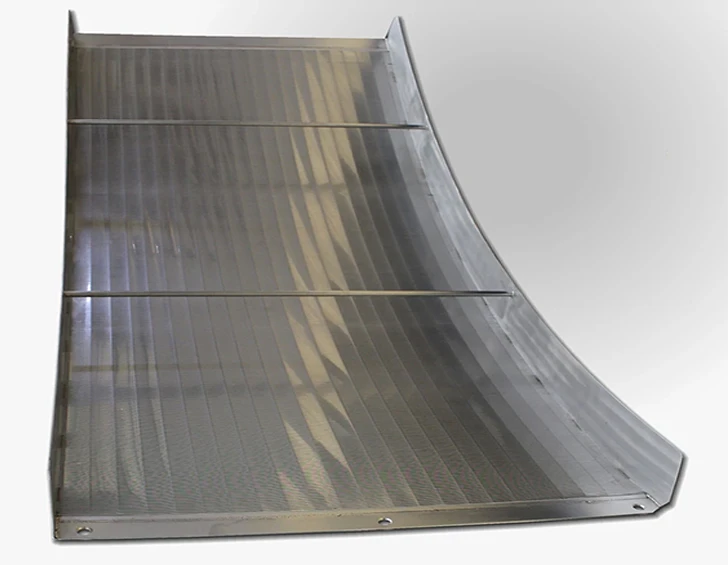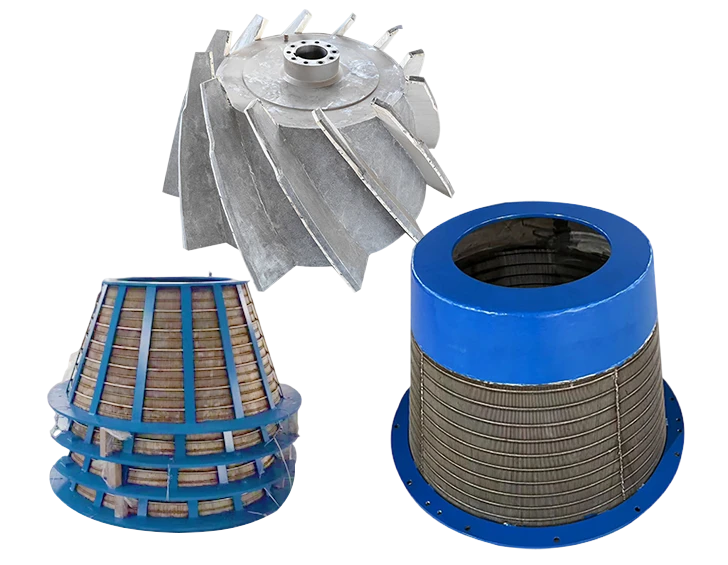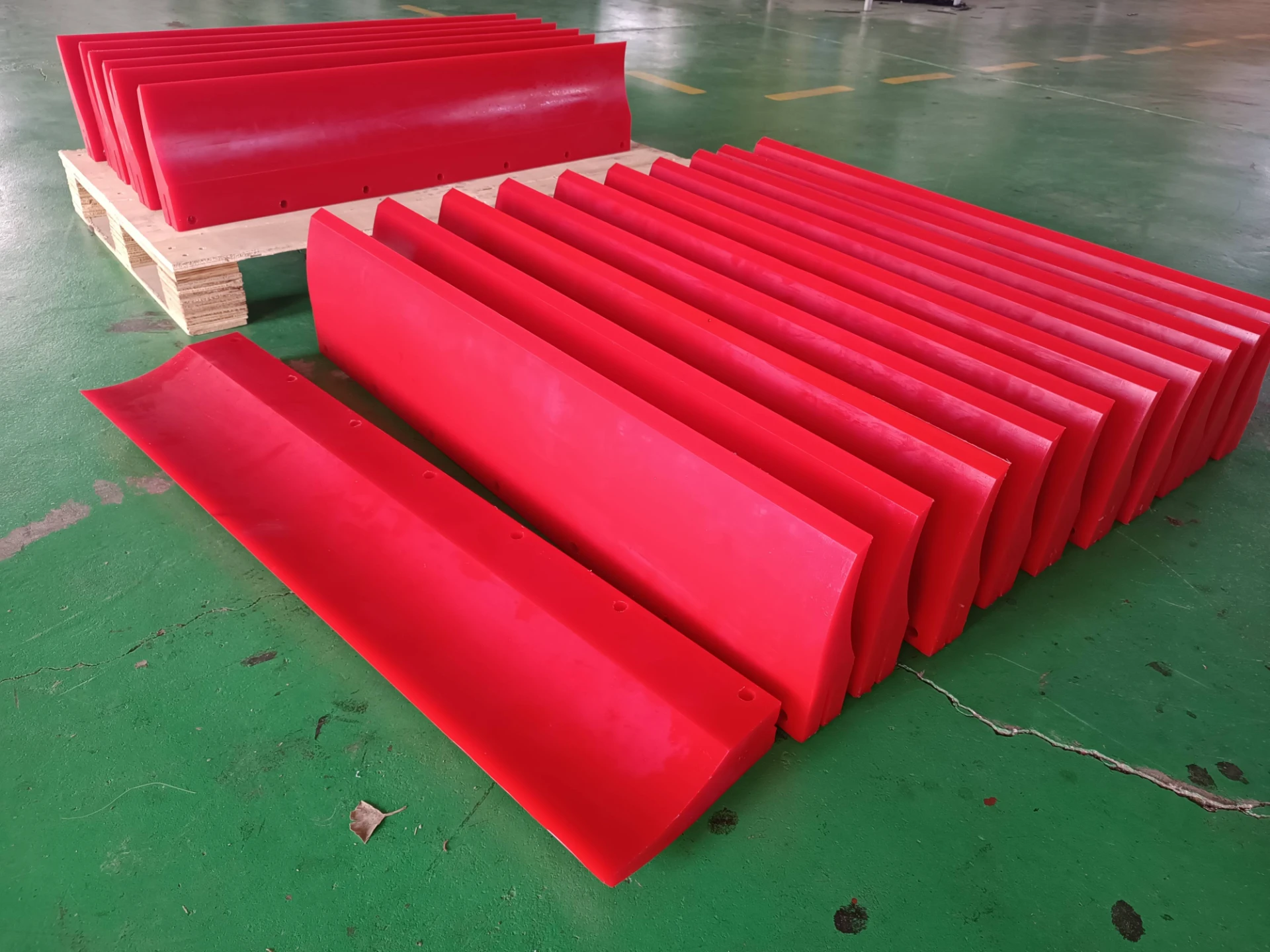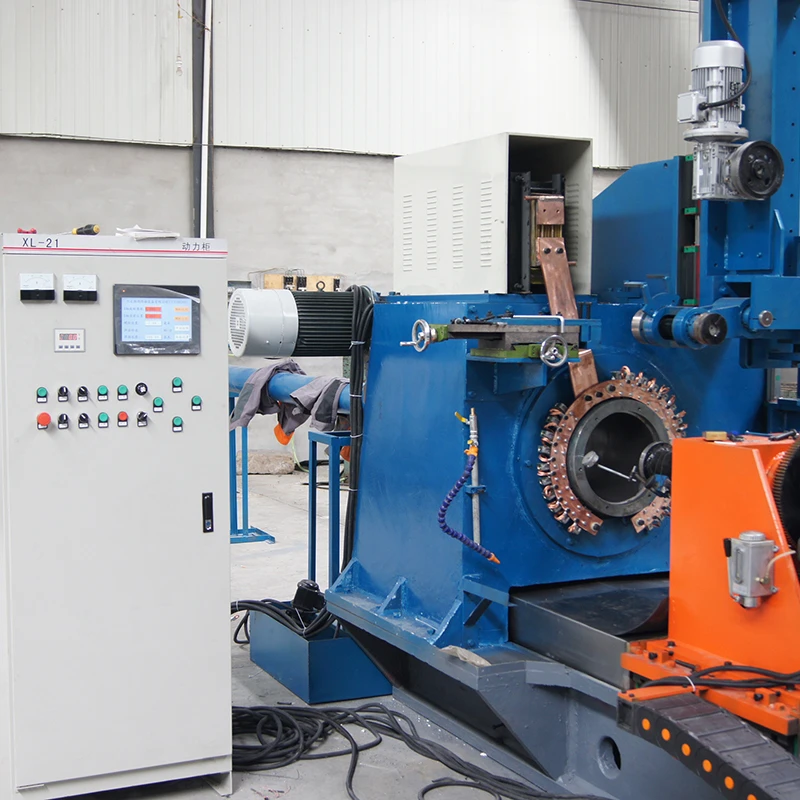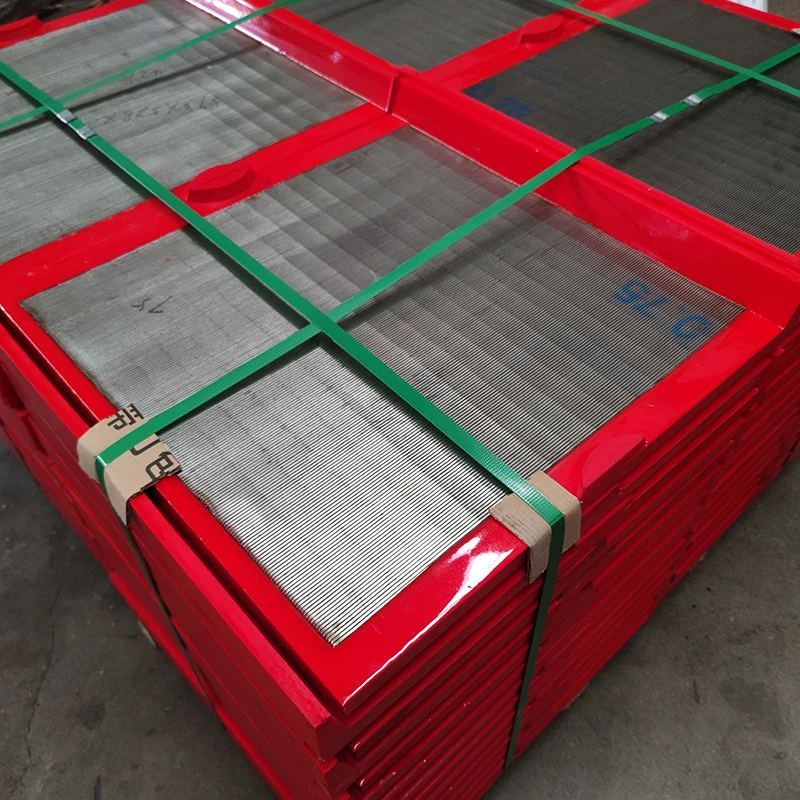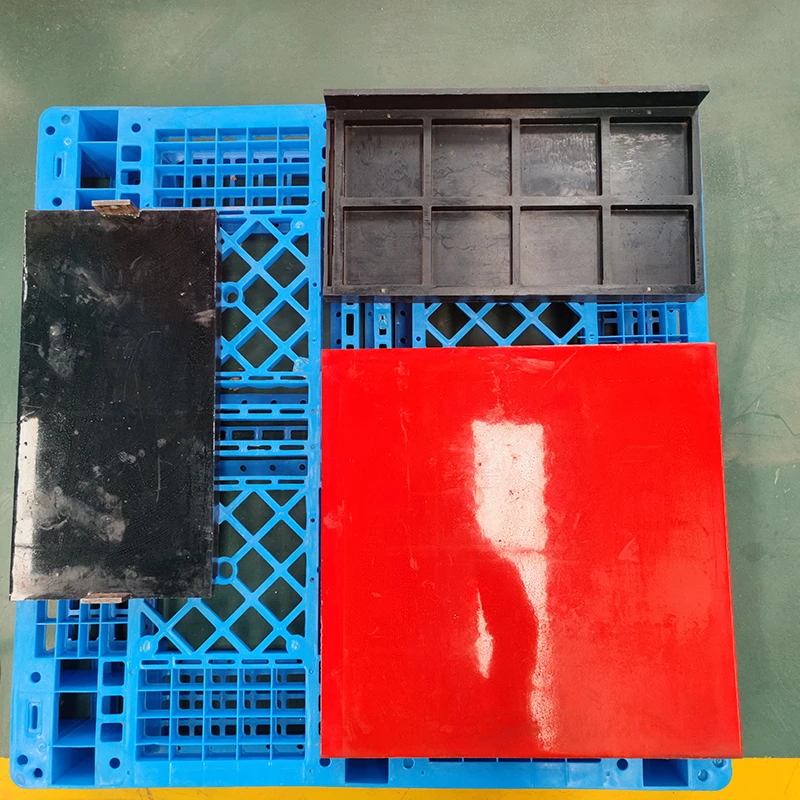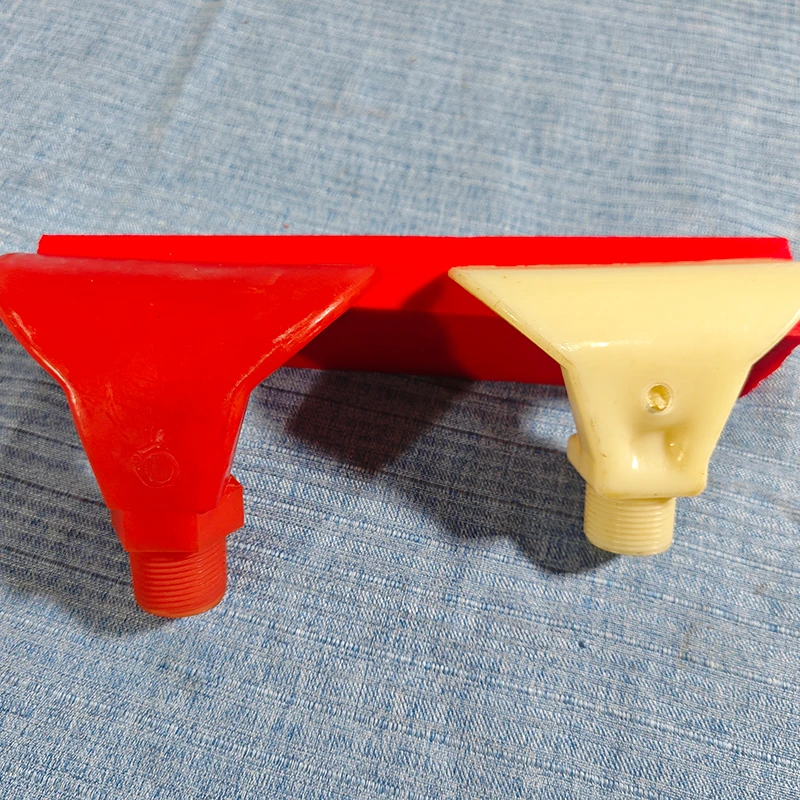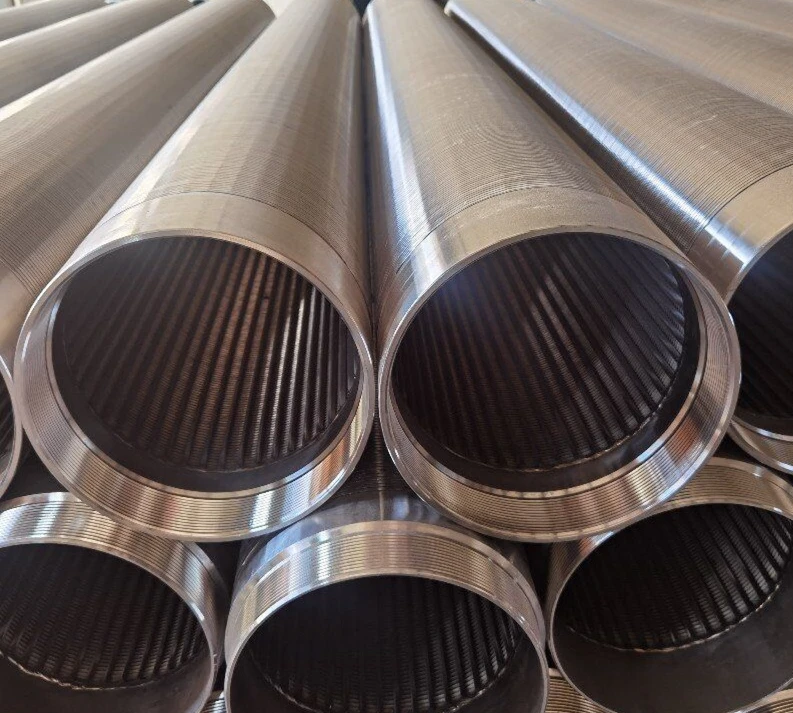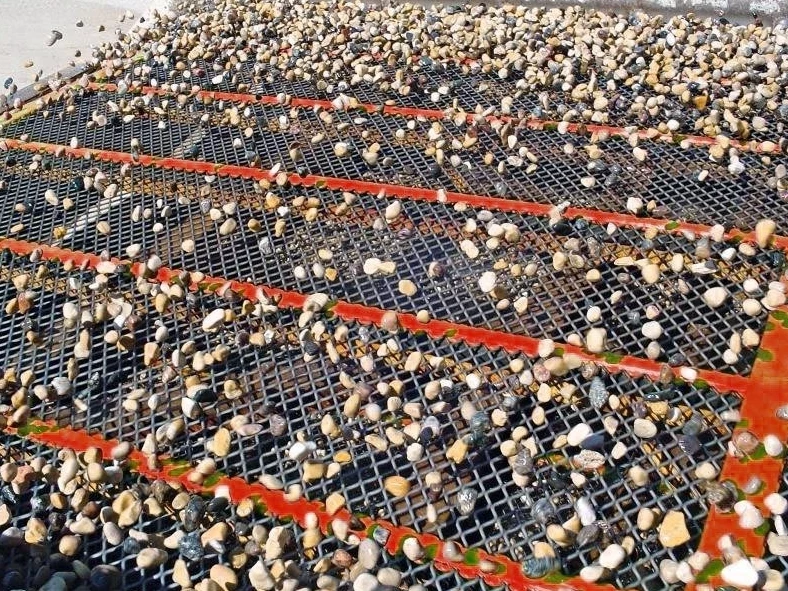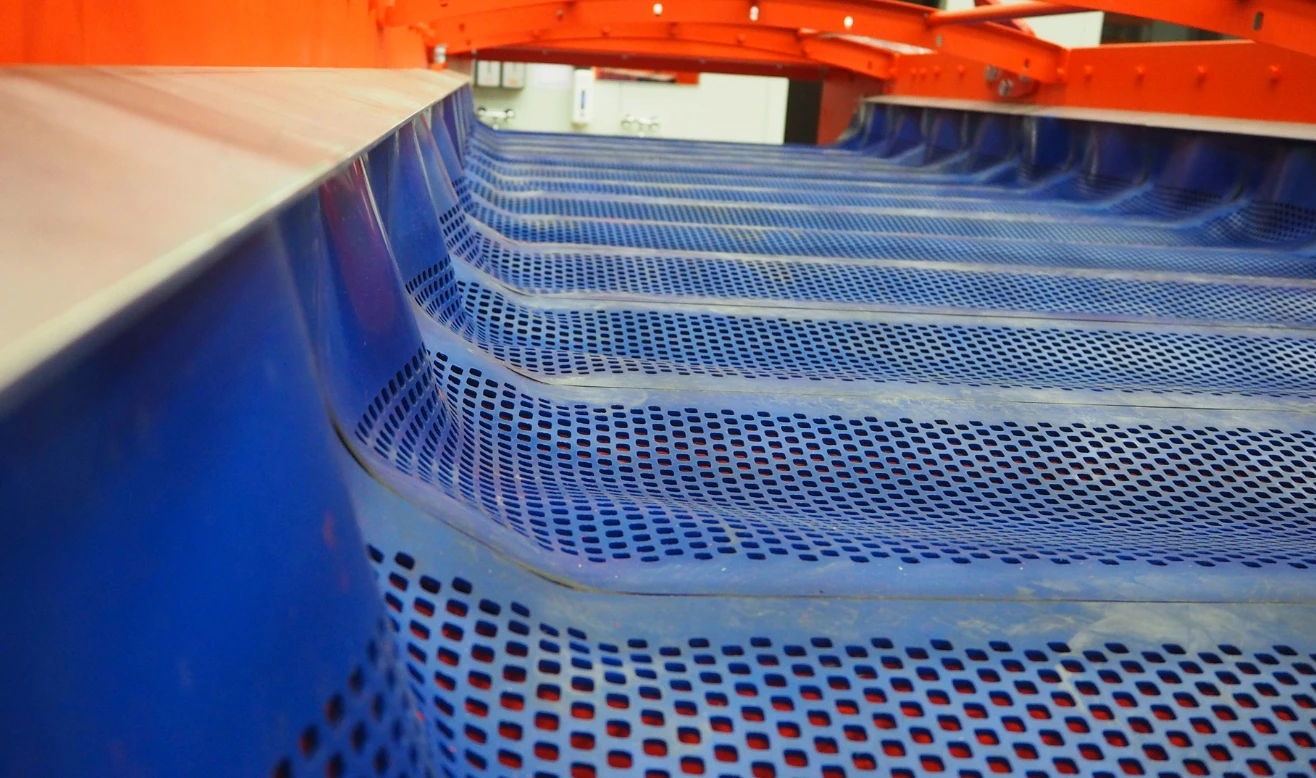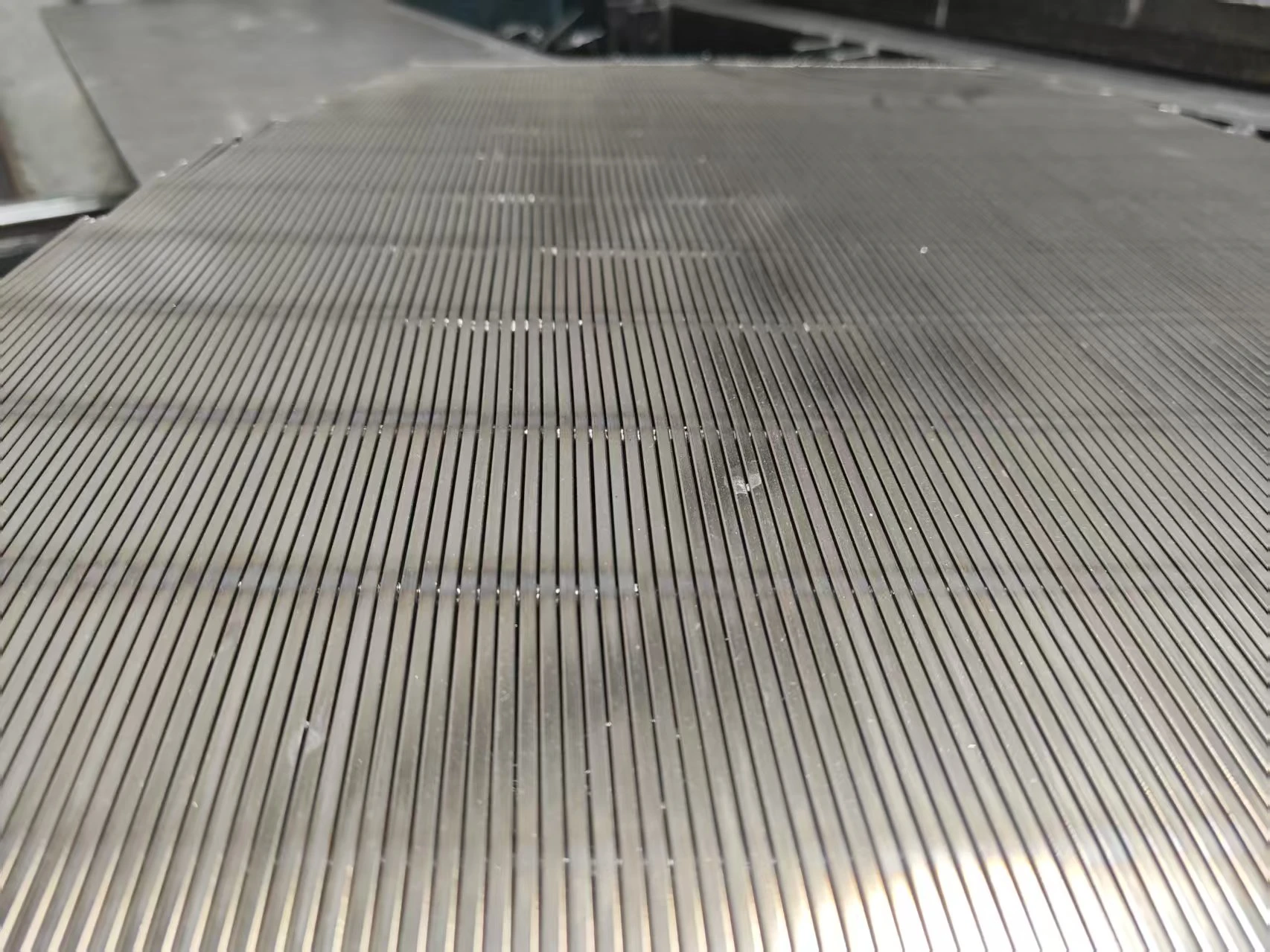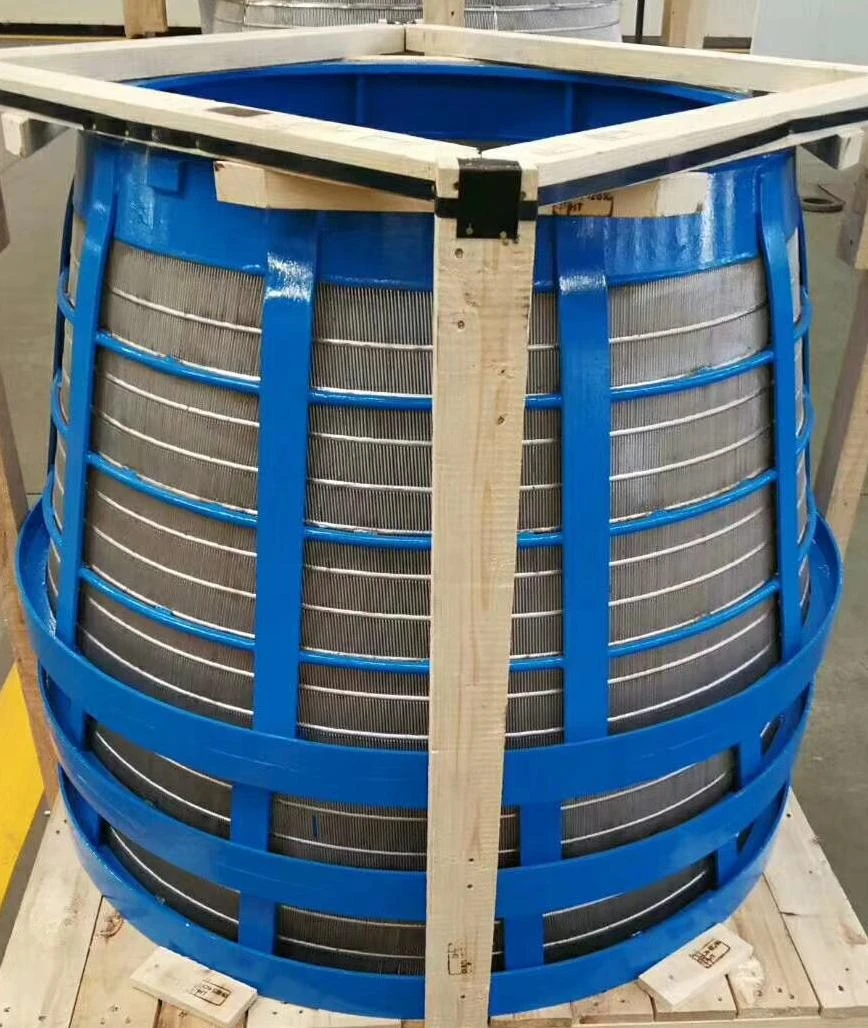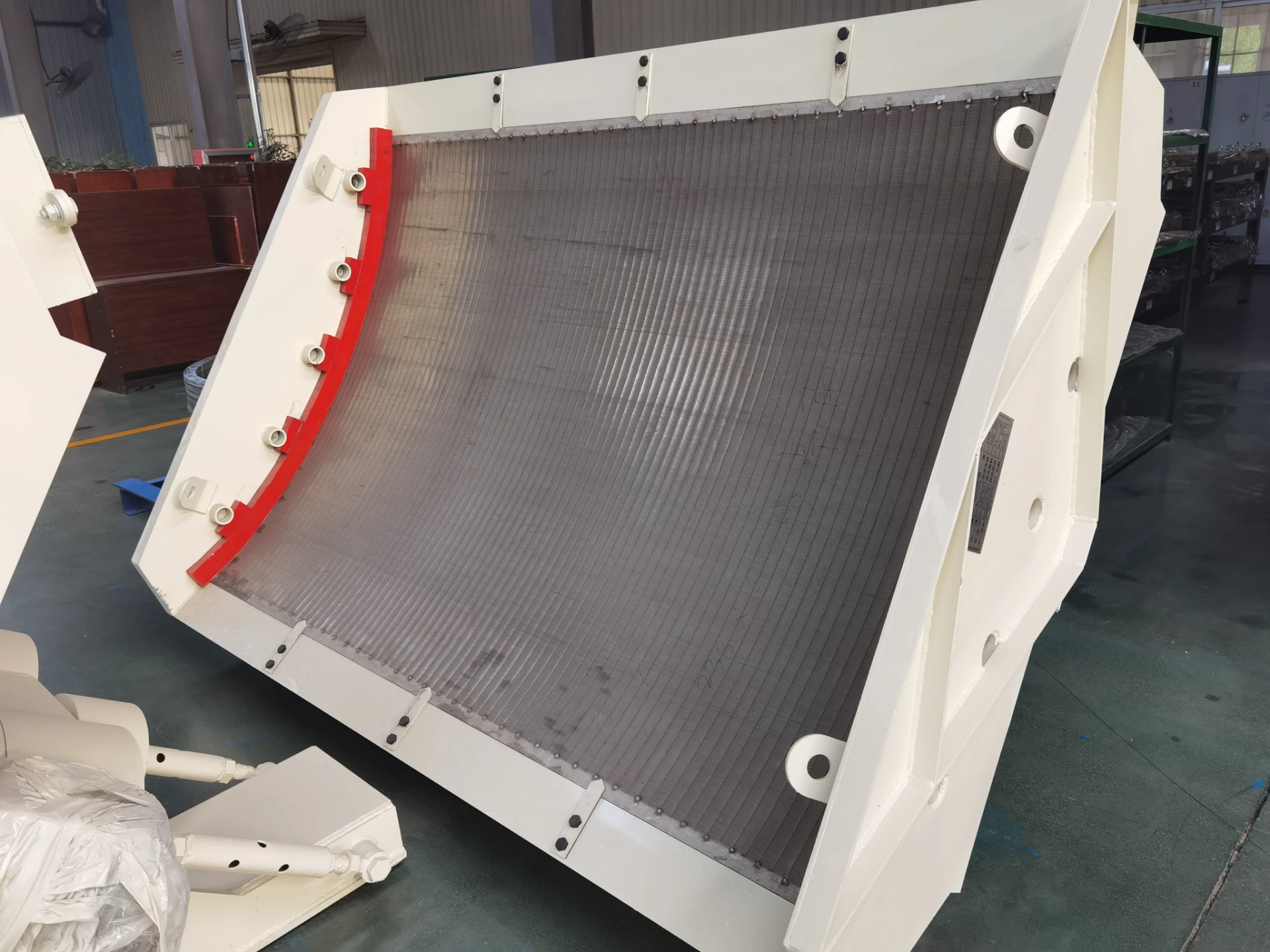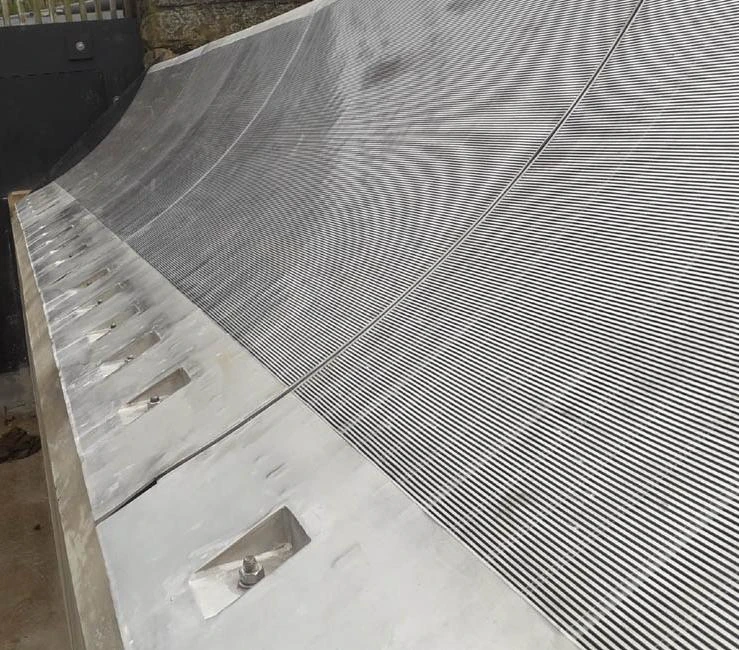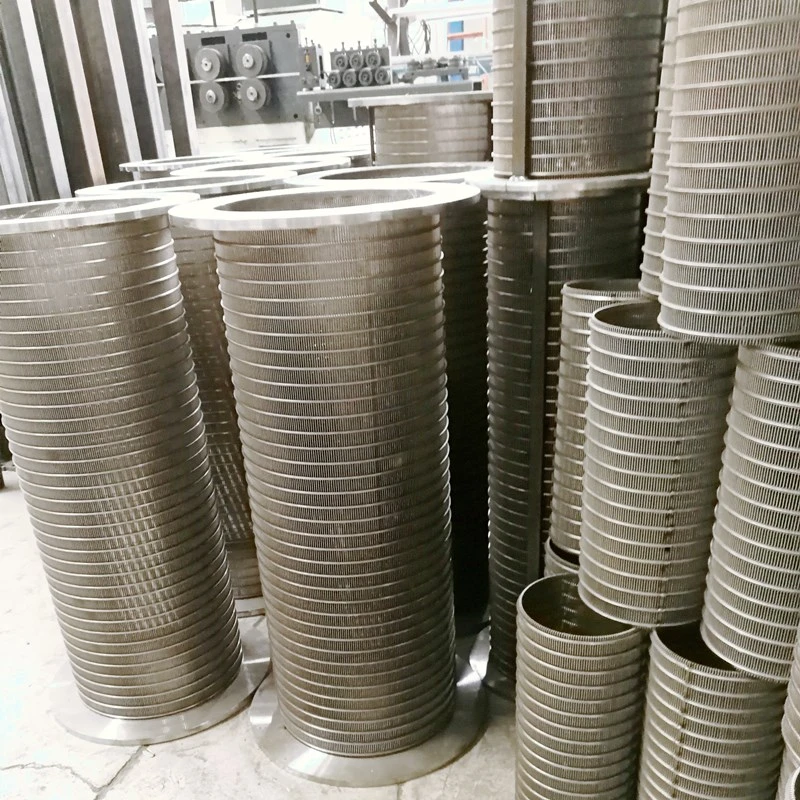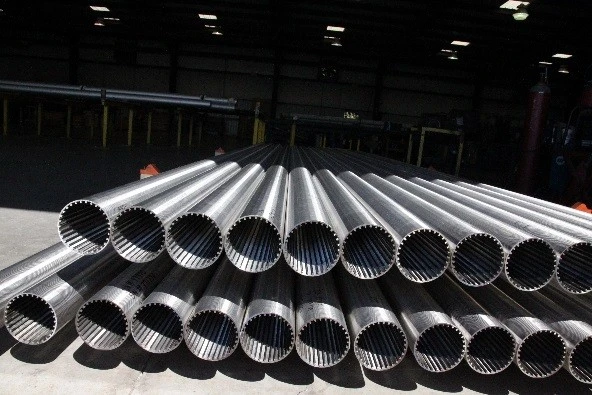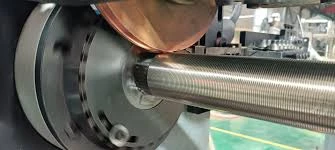Innovating Industrial Filtration: The Power of Perforated Plate Screens
In the demanding landscape of industrial processing, efficient and reliable separation is paramount. Perforated plate screen technology stands as a cornerstone in achieving this, offering unparalleled precision in filtration, sizing, and support applications across a multitude of sectors. These versatile components, often known as perforated steel panels or perforated screen plate, are engineered to optimize material flow, enhance system efficiency, and withstand harsh operational environments. This comprehensive guide delves into the intricate world of Perforated Plates, exploring their manufacturing excellence, diverse applications, technological advantages, and the crucial factors for selecting a trusted partner. Our commitment at MutoScreen is to deliver solutions that not only meet but exceed the rigorous demands of modern industry, ensuring superior performance and longevity.
The market for industrial screens, including sophisticated perforated panel and perforated sheet products, is experiencing continuous growth, driven by increasing automation, stringent environmental regulations, and the need for higher purity standards in end products. Industries such as petrochemicals, mining, wastewater treatment, and food processing are constantly seeking advanced separation technologies that offer both efficacy and cost-efficiency. Our Perforated Plates are designed with these trends in mind, leveraging robust materials and precision manufacturing to provide solutions that contribute to energy savings and reduced operational downtime. Understanding the critical role these screens play necessitates a deep dive into their technical specifications, the precision required in their fabrication, and their proven performance in real-world scenarios. This article aims to equip B2B decision-makers and technical personnel with the insights needed to make informed procurement choices.
The Manufacturing Precision: Process & Quality Assurance for Perforated Plates
The creation of a high-quality perforated plate screen involves a meticulous multi-stage manufacturing process, ensuring both dimensional accuracy and material integrity. It typically begins with the selection of premium raw materials, including stainless steel (304, 316L), carbon steel, galvanized steel, aluminum, and various alloys, chosen based on the intended application's demands for corrosion resistance, strength, and temperature resilience. The primary manufacturing processes include precision punching or stamping, where advanced CNC machinery precisely perforates the sheet material according to specified hole patterns (round, square, slotted, hexagonal) and open areas. This critical step determines the screen's filtration efficiency and flow characteristics. For specialized applications, processes such as laser cutting, plasma cutting, or even forging may be employed to achieve unique hole geometries or accommodate thicker plates, ensuring the product meets exact client specifications.
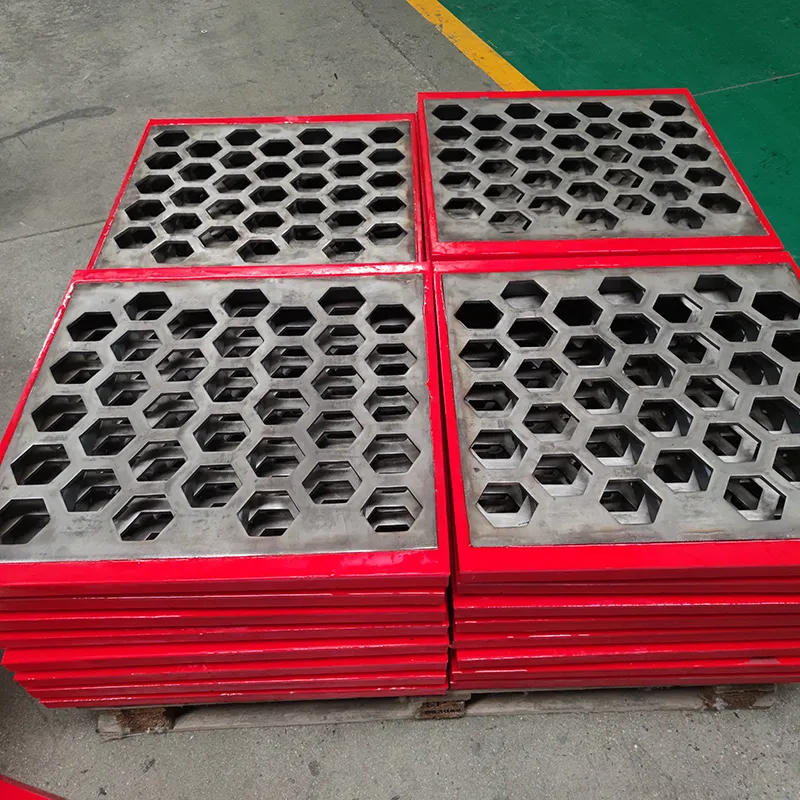
Following perforation, the plates undergo a series of finishing operations. These can include leveling to remove any material distortion caused by the punching process, deburring to eliminate sharp edges, and cleaning. Further surface treatments such as passivation, electropolishing, or painting may be applied to enhance corrosion resistance, improve aesthetics, or meet specific industry standards. Throughout the entire manufacturing chain, stringent quality control measures are implemented. Adherence to international standards like ISO 9001 for quality management and material specifications from ASTM or ANSI is paramount. Each perforated panel undergoes rigorous inspection, including visual checks for defects, dimensional verification (hole size, pitch, flatness), and sometimes material composition analysis through X-ray fluorescence (XRF). This comprehensive approach guarantees that the final perforated mesh product delivers consistent performance, extended service life—often exceeding 10-15 years in typical applications—and meets the precise needs of industries ranging from petrochemical and power generation to metallurgy and municipal water treatment, where our products contribute to significant energy savings and superior corrosion resistance.
Technical Parameters & Specifications of Perforated Plate Screens
Understanding the technical parameters of perforated plate screen is crucial for optimal selection and application. Key specifications define their performance, flow characteristics, and structural integrity. 'Open area' refers to the total area of the perforations, expressed as a percentage of the total sheet area; this directly impacts flow rate and filtration efficiency. 'Hole size' (aperture) dictates the size of particles that can pass through, ranging from micro-perforations to large openings. 'Pitch' is the distance from the center of one hole to the center of an adjacent hole, influencing the pattern's stability and strength. 'Material thickness' or 'gauge' affects the plate's rigidity, durability, and pressure-bearing capacity. These elements, combined with the chosen material (e.g., SS304, galvanized steel, aluminum), determine the perforated steel panels' suitability for specific industrial environments, including those requiring resistance to high temperatures, corrosive chemicals, or abrasive media.
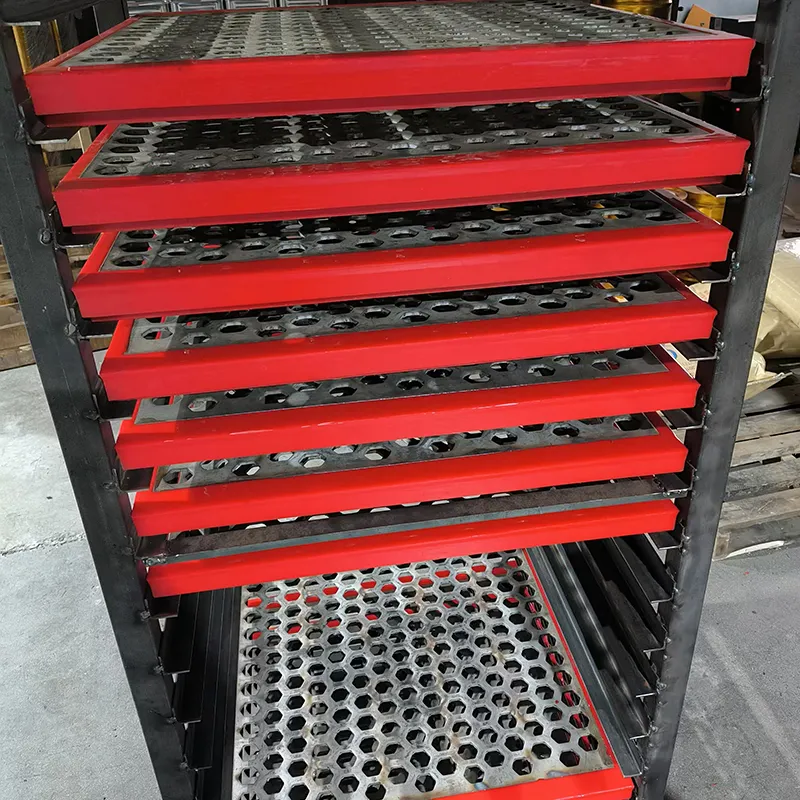
The table below provides a general overview of common specifications for our Perforated Plate products. It's important to note that these are typical ranges, and MutoScreen offers extensive customization to meet unique project requirements, ensuring a tailored perforated screen plate solution. Our engineering team works closely with clients to specify the ideal combination of parameters for their specific operational challenges, drawing upon decades of experience in designing and manufacturing high-performance separation media. We routinely perform strength calculations, flow simulations, and material compatibility assessments to validate proposed designs, ensuring maximum efficiency and product lifespan in demanding applications from municipal wastewater treatment to oil & gas processing. This meticulous attention to detail and adherence to global standards (e.g., ASTM E2016 for industrial perforated plate and sheet) underscores our commitment to delivering superior, reliable solutions.
Diverse Applications & Unlocking Advantages of Perforated Plate Screens
The versatility of the perforated plate screen makes it indispensable across an expansive range of industrial applications. In the petrochemical industry, these screens are crucial for catalyst support, refining processes, and gas filtration, where their robust structure and precise open area ensure optimal flow and separation efficiency even under extreme temperatures and pressures. For the mining sector, perforated steel panels are widely employed in vibratory screens for mineral sizing and dewatering, resisting abrasive wear while maintaining high throughput. In the burgeoning field of renewable energy, particularly in biomass processing and waste-to-energy plants, they serve as efficient grates for combustion and material handling. Furthermore, industries like food and beverage utilize hygienic stainless steel perforated plates for filtration, drying, and sorting, adhering to stringent sanitation standards. The architectural and construction sectors also leverage the aesthetic and functional properties of perforated panel products for facades, sunshades, and acoustic panels, showcasing their multi-faceted utility beyond industrial separation.
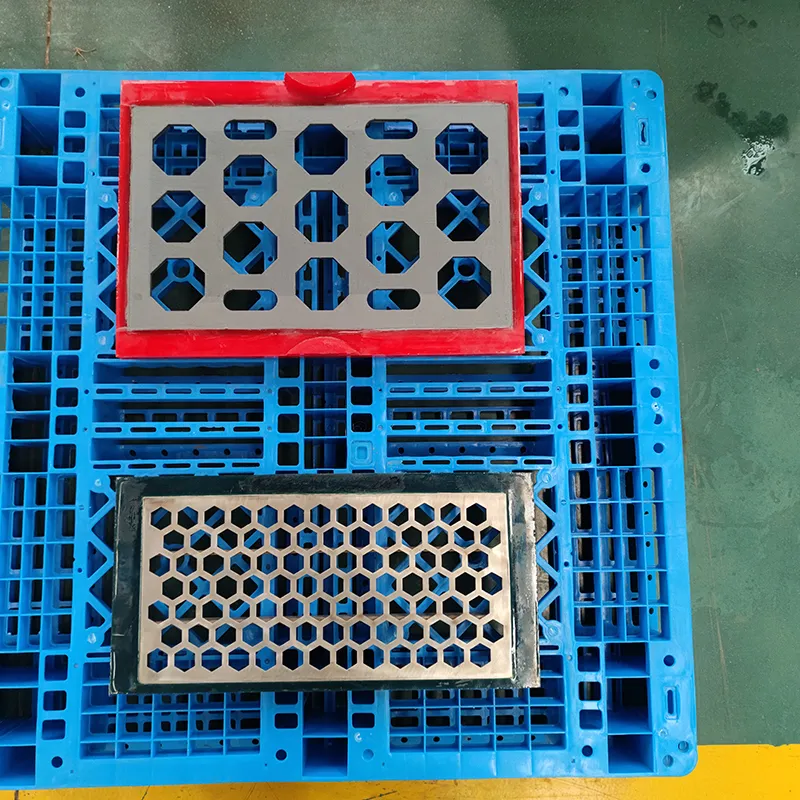
The technological advantages of using perforated sheet are significant, directly impacting operational efficiency and cost-effectiveness. Their high open area-to-strength ratio allows for maximized flow rates with minimal pressure drop, leading to substantial energy savings in pumping and ventilation systems compared to less efficient alternatives. The inherent structural integrity of a perforated screen plate, derived from its solid construction, provides superior durability and resistance to deformation, ensuring a longer service life and reduced maintenance frequency even in highly corrosive or abrasive environments. For instance, in wastewater treatment, the robust design of our perforated mesh ensures efficient primary filtration and grit removal, minimizing downstream equipment wear and overall system energy consumption. The ease of cleaning and minimal clogging further contribute to operational uptime and lower total cost of ownership. Our solutions, tailored through a deep understanding of customer requirements and supported by comprehensive post-sales service, provide not just a product but a long-term investment in operational excellence and reliability.
Choosing Your Partner: Manufacturer Comparison & Customization
Selecting the right manufacturer for your perforated plate screen needs is as critical as the product itself. A top-tier manufacturer distinguishes itself through extensive industry experience, a proven track record, and a steadfast commitment to quality and innovation. Key factors to consider include the manufacturer's adherence to international quality standards such as ISO 9001:2015, their material sourcing transparency, and the precision of their manufacturing equipment. Look for companies with robust R&D capabilities, enabling them to offer cutting-edge solutions and adapt to evolving industry demands. MutoScreen, with over two decades of dedicated service in the wire mesh and screen industry, exemplifies these attributes, having delivered high-performance perforated solutions to a global clientele. Our expertise is not just in manufacturing, but in understanding complex industrial challenges and providing optimal, long-lasting solutions. We pride ourselves on comprehensive testing procedures, ensuring every product meets rigorous performance benchmarks before deployment, thereby solidifying customer confidence and ensuring project success.
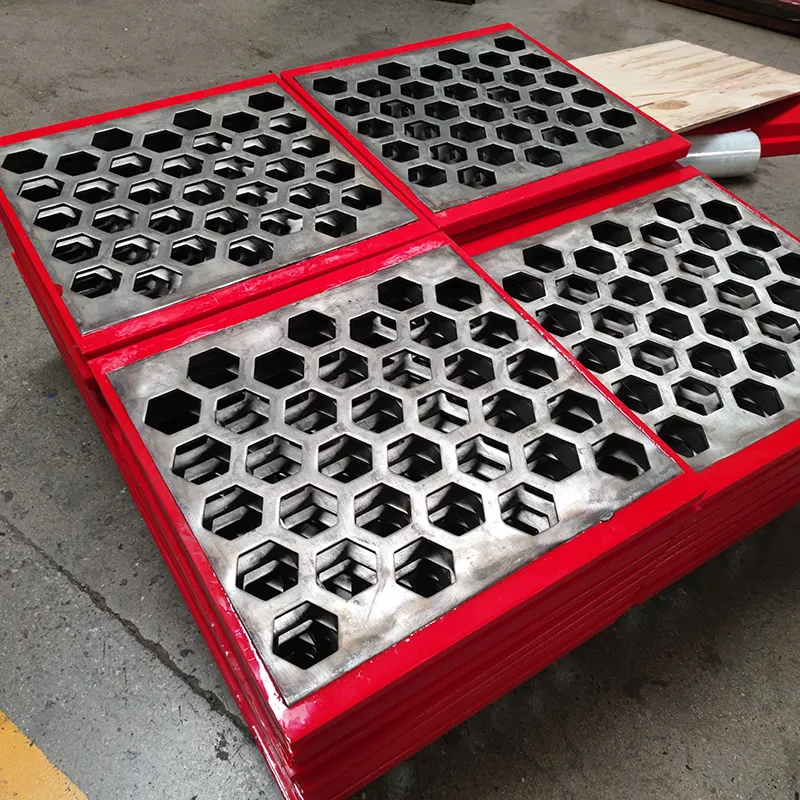
Customization is a hallmark of superior service in the perforated mesh industry. No two industrial applications are exactly alike, often requiring tailor-made solutions for specific filtration efficiencies, structural loads, or environmental conditions. A reputable manufacturer should offer comprehensive customization options, including specific hole shapes and sizes, varied open areas, specialized material grades (e.g., Duplex stainless steels for extreme corrosion), unique panel dimensions, and a range of finishing treatments like powder coating or annealing. Beyond product customization, look for manufacturers who offer design consultation, engineering support, and rapid prototyping capabilities. Our team collaborates closely with clients from initial concept to final production, transforming complex requirements into precise and effective perforated panel designs. This bespoke approach ensures that whether you require a custom perforated sheet for a unique filtration system or specialized perforated screen plate for a new processing line, the solution is perfectly optimized for performance, longevity, and seamless integration into your existing operations.
Ensuring Trust: FAQs, Support & Warranty for Perforated Plate Screens
Building trust with B2B clients goes beyond product quality; it encompasses comprehensive support, transparent processes, and reliable post-purchase assurances. Our commitment to trustworthiness for our perforated plate screen products is reflected in our robust customer service and clear policies. We understand that project timelines are critical. Our typical delivery cycle for standard orders ranges from 10-15 business days, with expedited options available for urgent requirements, ensuring minimal disruption to your operations. For highly customized or large-volume orders, a detailed production schedule and estimated delivery are provided transparently during the quotation phase. Every MutoScreen product is backed by a comprehensive warranty, typically covering manufacturing defects and material integrity for a specified period (e.g., 1-2 years from delivery), underscoring our confidence in product durability and performance. This commitment offers peace of mind and safeguards your investment, ensuring that your perforated steel panels continue to perform as expected throughout their operational lifespan.
To further support our clients and address common inquiries, we've compiled a list of Frequently Asked Questions regarding perforated panel products:
- Q: How do I determine the correct hole size and open area for my application?
A: This depends on the particle size you need to separate, the desired flow rate, and pressure drop tolerances. Our technical team can assist you in calculating the optimal specifications based on your operational data and material characteristics. - Q: What is the typical lifespan of a perforated screen plate?
A: Lifespan varies significantly with material, application environment (abrasion, corrosion), and maintenance. With proper material selection and care, our products are designed to last 10-15+ years in standard industrial settings. - Q: Can your perforated sheet products be supplied with specific edge treatments or fabrications?
A: Absolutely. We offer a range of secondary fabrications including bending, rolling, welding, and framing to deliver ready-to-install components. Just provide your detailed drawings or specifications. - Q: What kind of after-sales support do you offer for your perforated mesh?
A: We provide dedicated technical support for installation guidance, troubleshooting, and material selection advice. Our goal is to ensure your long-term satisfaction and successful operation of our products.
Our commitment extends to continuous customer support, from initial consultation through to post-installation assistance. Our experienced technical team is readily available to address any queries, offer guidance on optimal product usage, and provide solutions to unforeseen challenges, ensuring maximum performance and longevity of your investment in our Perforated Plate solutions.
Conclusion: Driving Industrial Efficiency with MutoScreen Perforated Plates
The role of the perforated plate screen in modern industrial processes cannot be overstated. From enabling precise filtration and separation to providing robust support structures and enhancing sound attenuation, these versatile components are critical for optimizing efficiency, ensuring product quality, and maintaining operational safety across diverse sectors. As industries continue to evolve, the demand for high-performance, durable, and customized perforated solutions will only intensify. Our commitment at MutoScreen is to remain at the forefront of this evolution, leveraging our extensive expertise, advanced manufacturing capabilities, and rigorous quality control to deliver products that set the industry standard.
By choosing MutoScreen, you are partnering with a manufacturer dedicated to engineering excellence, transparent communication, and unparalleled customer support. We invite you to explore our comprehensive range of Perforated Plate products and experience the difference that superior quality and meticulous craftsmanship can make in your operations. For detailed specifications, custom solutions, or to discuss your specific project requirements, please visit our product page or contact our technical sales team. Let us help you achieve optimal performance and enduring reliability with our expertly engineered perforated plate screen solutions.
References
- ASTM International. (2018). ASTM E2016-11(2018) Standard Specification for Industrial Perforated Plate and Screens (Square Opening Series).
- International Organization for Standardization. (2015). ISO 9001:2015 Quality management systems — Requirements.
- American National Standards Institute (ANSI). (Various). Relevant standards for material specifications and testing procedures.
- Perry, R. H., & Green, D. W. (Eds.). (2008). Perry's Chemical Engineers' Handbook (8th ed.). McGraw-Hill Education. (Specific sections on filtration and separation technologies).

